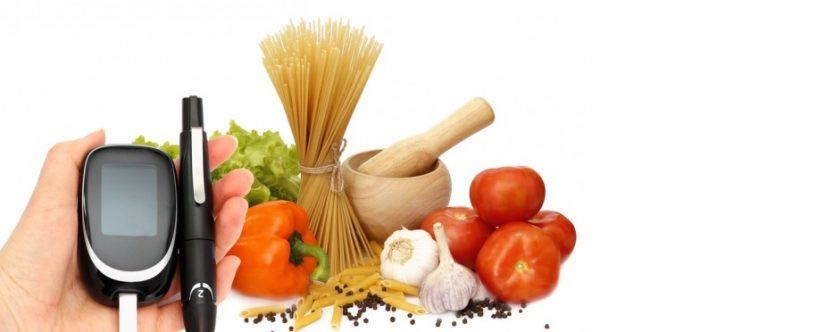
How to Manage Diabetes
Obesity and Type II diabetes are actually to sides of the same coin. Both are characterized by insulin resistance (ineffective insulin) and hyperinsulinism (excessive insulin). About 85% of type 2 diabetics are obese and most obese people have insulin resistance and hyperinsulinism that leads to diabetes. Obesity is known to play a central role in increasing insulin resistance in the human body. Insulin resistance in the body results in increased production of insulin and consequent hyperinsulinemia. It seems that at some point a loss of control of blood glucose begins to emerge, resulting in dietary glucose intolerance ultimately resulting in type 2 diabetes.
Degrees of Insulin Resistance
Obese individuals may develop different degrees of insulin resistance, but not all individuals develop glucose intolerance. This is where genetics play a role. A family history of diabetes predisposes the individual to develop a greater degree of glucose intolerance in comparison to the counterparts without any family history of diabetes. The association of obesity with the insulin resistance syndrome and cardiovascular risk is not only related to the degree of obesity but also seems to be critically dependent on body fat distribution. Thus, individuals with greater degrees of central adiposity develop this syndrome more frequently than do those with a peripheral body fat distribution. Ethnic and gender differences also play a major role in the risk of developing insulin resistance amongst overweight and obese individuals.
Childhood Obesity
The irony is that ‘late-onset diabetes’ or type 2 diabetes is occurring in children at 13 who are simply eating too much junk food. This can shorten lifespan and you must know that it is totally preventable.
It is interesting to know that childhood obesity often precedes the hyperinsulinemic state. An association of obesity with insulin resistance, hypertension, and abnormal lipid profile is seen nowadays amongst the younger generation as well. Several types of research have emphasized the fact that a substantial amount of weight loss leads to an improved insulin sensitivity and reduced insulin resistance.
Childhood Obesity Prevention
Prevention of childhood obesity should be the main focus. More attention should be paid to increasing physical activity and decrease calorie consumption. Once obesity is established in a child or adolescent, vigorous clinical efforts should be directed at treating it. Bringing about a change in behavior and lifestyle could be a long-term solution but one cannot neglect the pharmacological approaches that are available today.
Managing type 2 diabetes
- Eat low glycemic foods like oats, barley, bran, jowar, whole pulses, vegetables, nuts, seeds
- Avoid sugar and foods containing sugar such as chocolates, desserts, sweets, soft drinks, white flour, cakes, biscuits, pizzas, rice, high sugar foods.
- Don’t drink fruit juices as they contain too much sugar (more than what a type 2 diabetic can handle).
- Reduce intake of saturated fats and hydrogenated fats as it increases insulin resistance.
- Fish oils have shown to improve insulin resistance. So eat fish 3 times a week or take fish oils supplements.
- Increase fibre in your diet by increasing your intake of green vegetables and whole grains.
- Walk for 30-40 minutes every day.
Food and diabetes
Even if you don’t get the dynamics of type II diabetes out of this article, we hope that you got the answers to what causes type II Diabetes. The most important cause is eating too much of the wrong kind of carbohydrate. This is a path to self-destruction- eventually leading to high Blood pressure, high triglycerides, low HDL (good cholesterol). Other reasons include a genetic predisposition to the disease, stress and decrease in physical activity.
Truth about diabetes
We are not alone in our concern that type II diabetes is a growing national crisis. There are too many lives at stake and you have nothing to lose by embarking upon a sound nutritional program. We sincerely hope more and more people become open to the theory that eating right along with a bit of exercise and taking a few important nutrients is the only way to prevent as well as manage diabetes and obesity.
